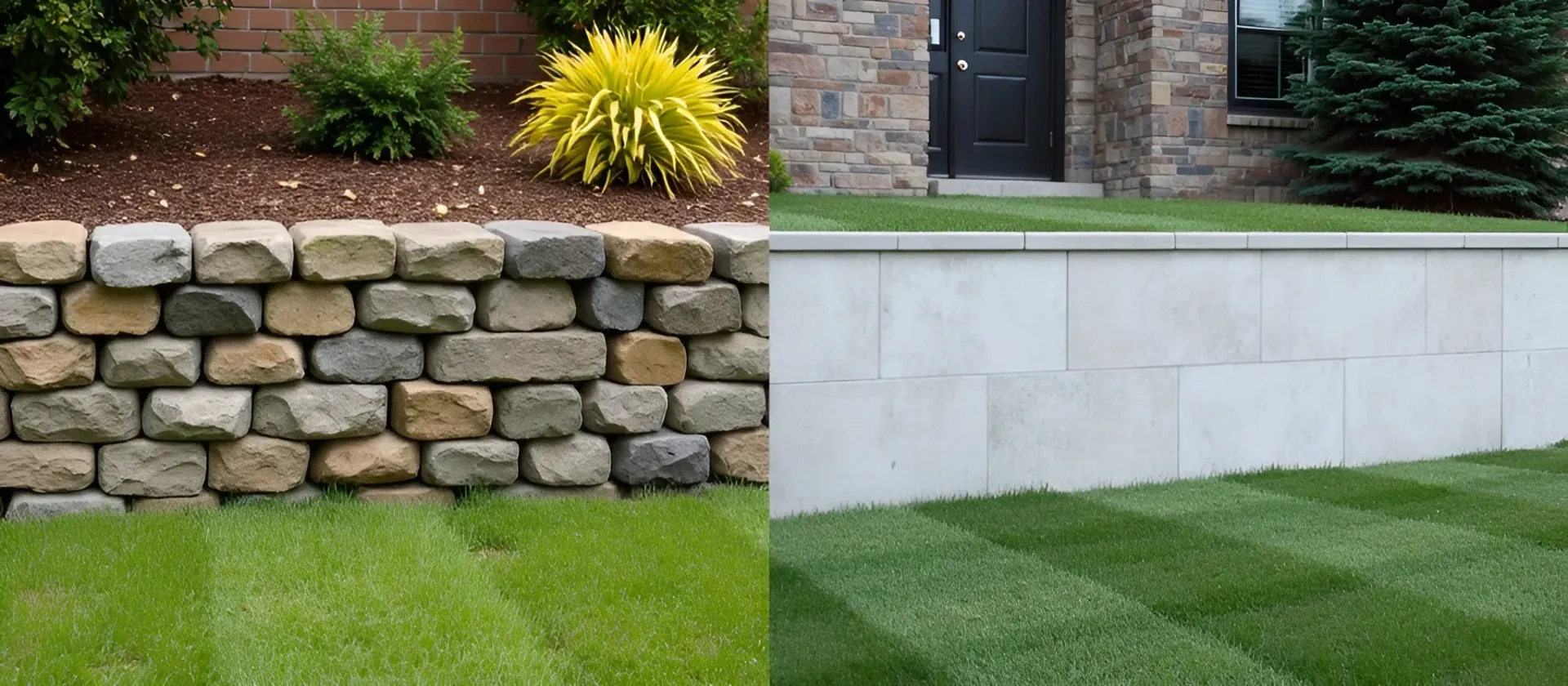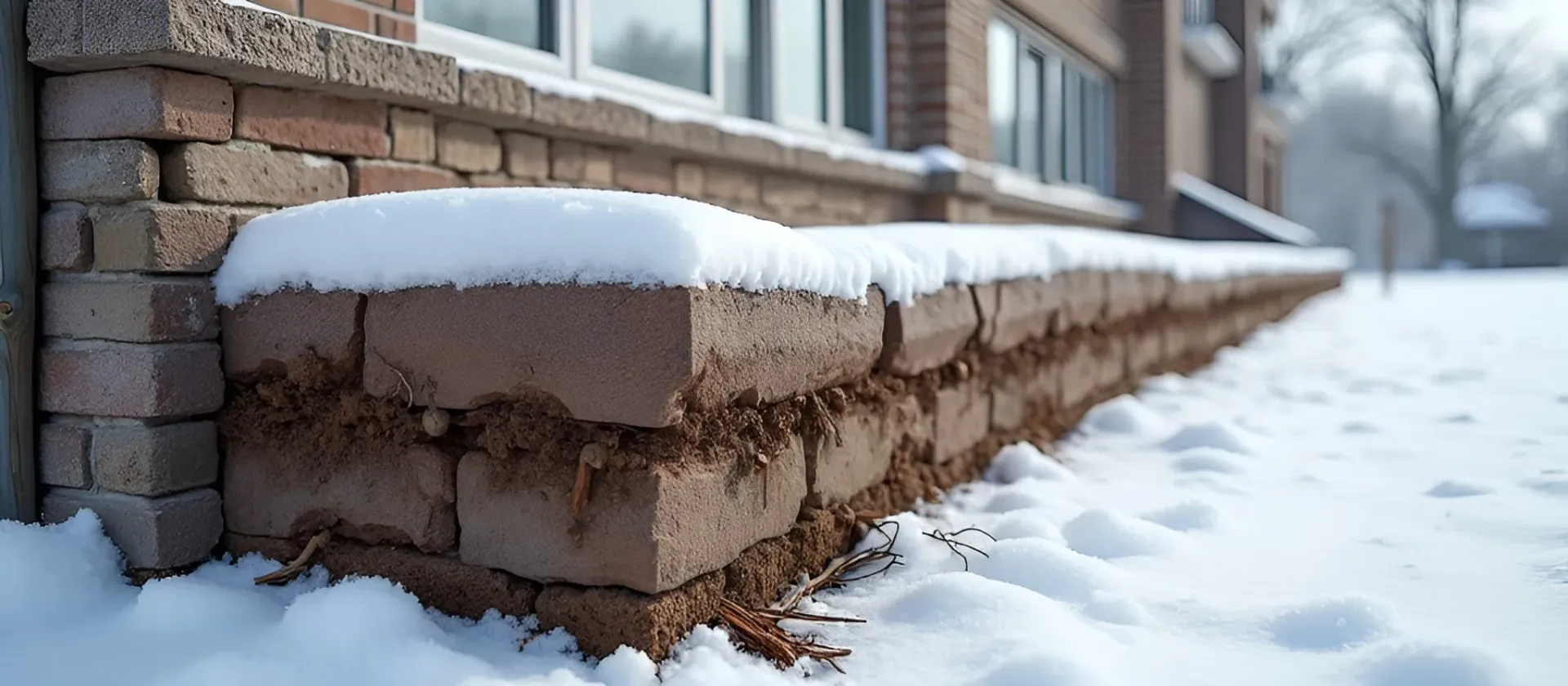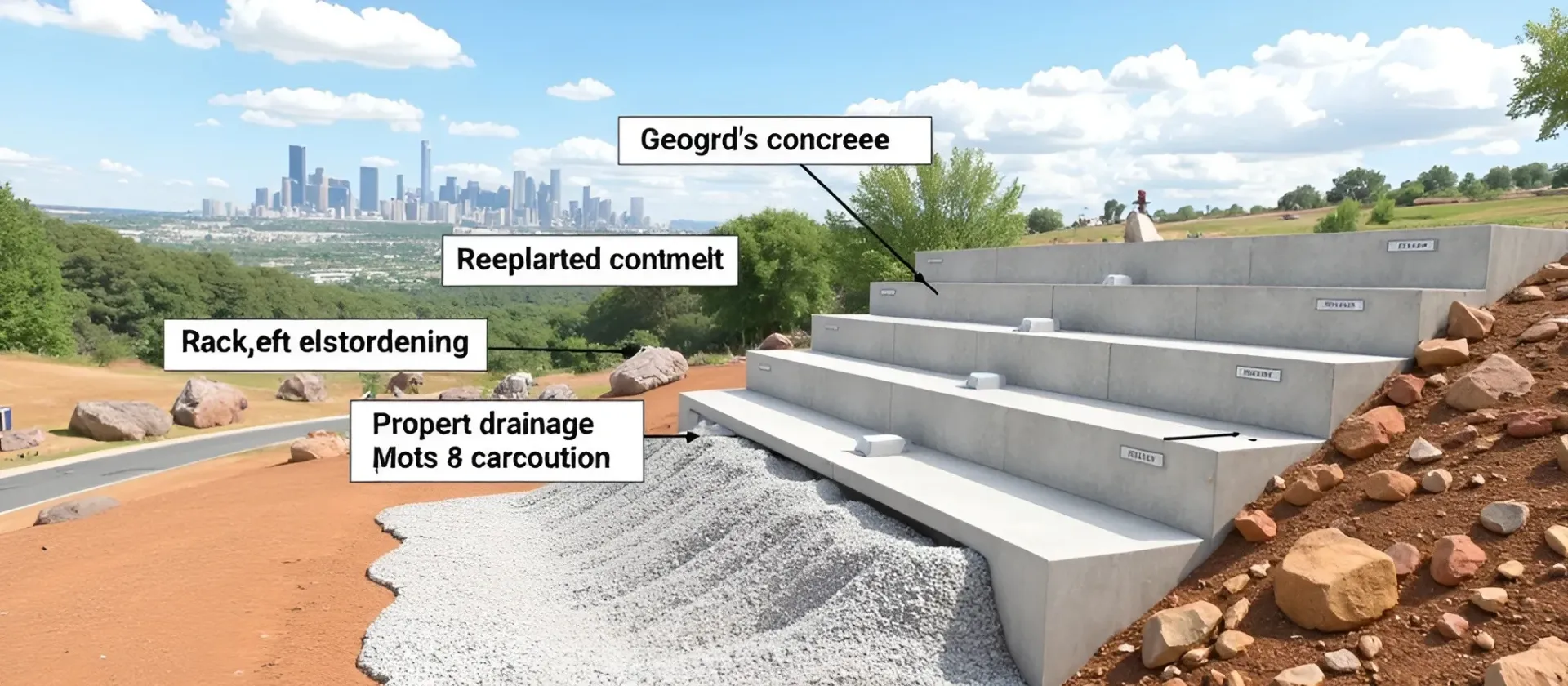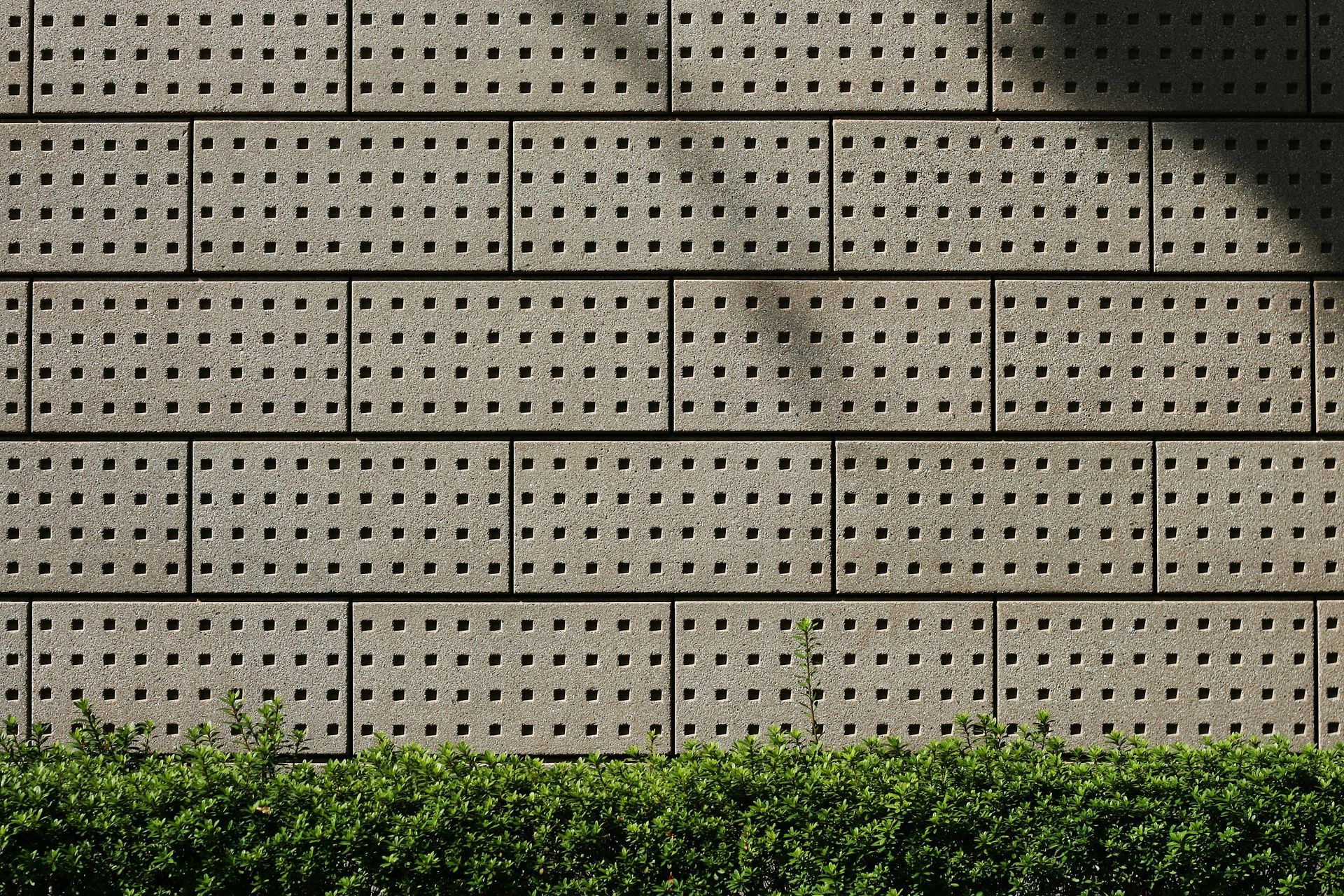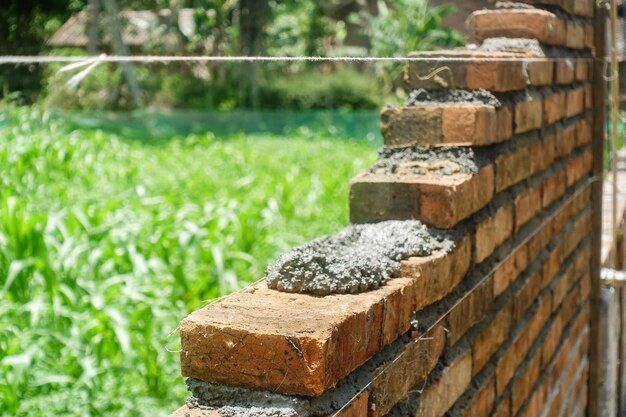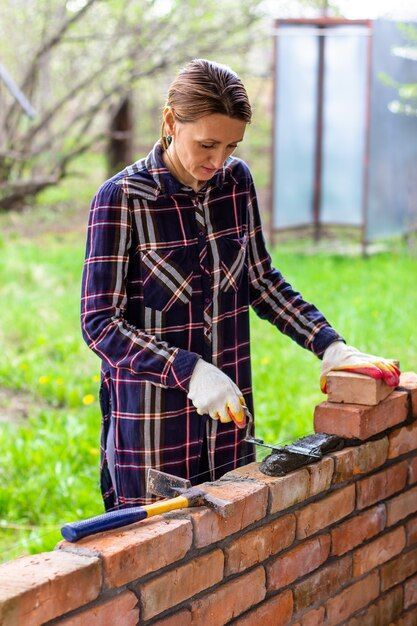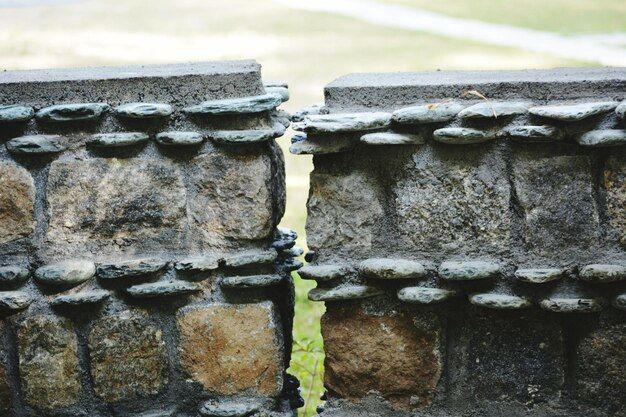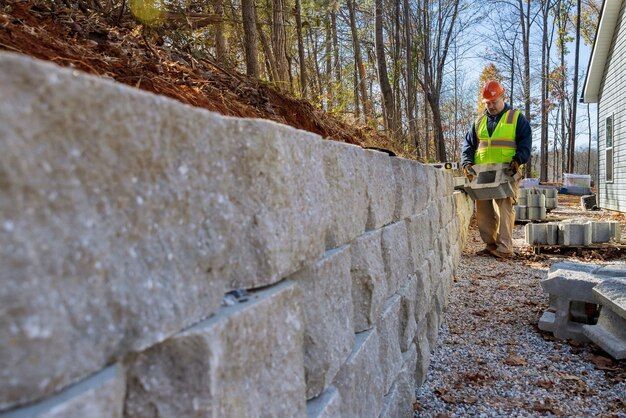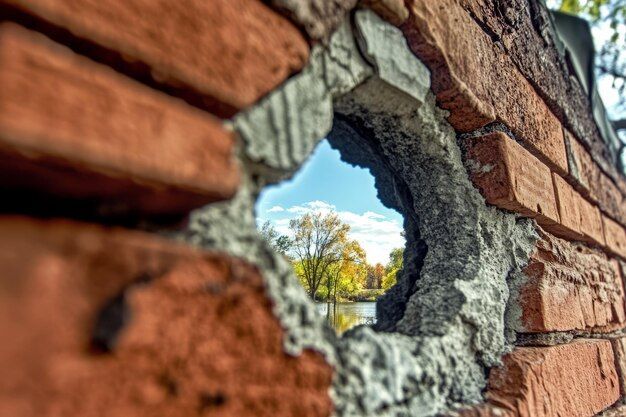The Role of Geotextiles in Reinforcing a Retaining Wall
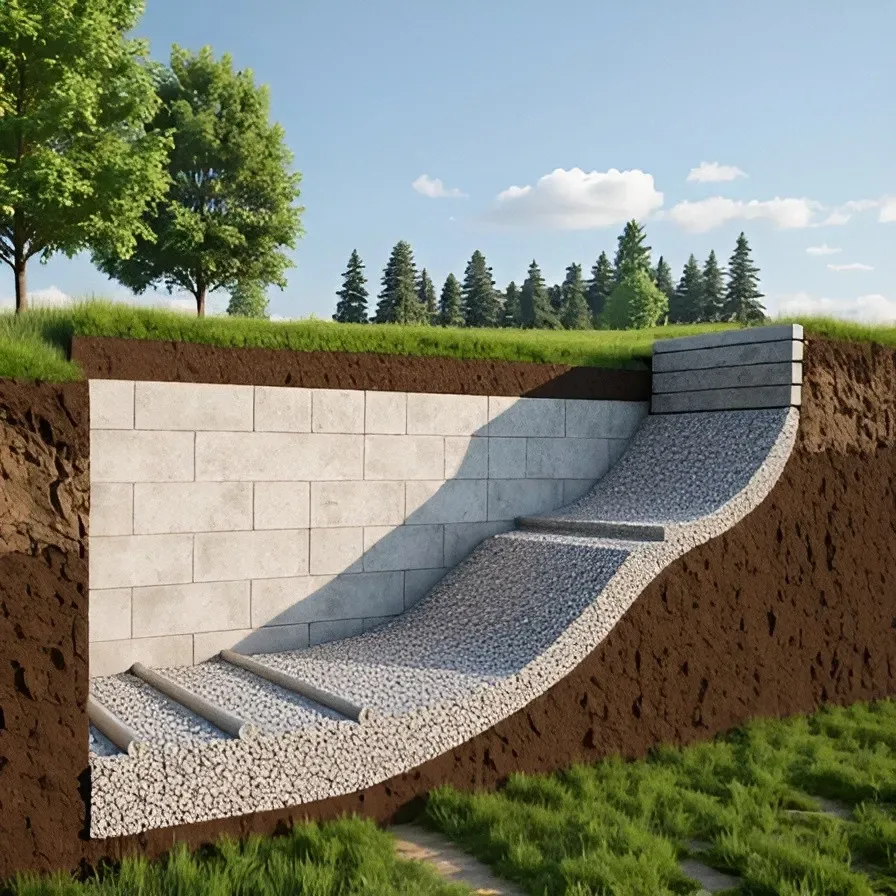
Walls are not meant to fall.
But retaining walls? Now those are under serious pressure. Literally. They're the unsung heroes holding back tons of soil, rain, and gravity every single day.
Now, imagine giving your wall a kind of invisible superpower. Not steel. Not concrete. Something lighter, smarter, and quietly brilliant.
Enter: geotextiles in retaining walls. They may sound like something out of a sci-fi engineering lab, but they’re very real and they’re totally changing the game.
What are Geotextiles?
Picture this: a tough, flexible fabric that works behind the scenes. No capes, just smart science.
Geotextiles are synthetic fabrics. Made from strong stuff like polypropylene or polyester, they are placed in soil to reinforce, protect, and drain.
Everyone talks about geotextiles in retaining walls. We should also understand the special role in keeping that wall standing tall.
They’re designed to:
- Keep soil layers stable.
- Drain water where it shouldn’t collect.
- Act like muscle bands, adding strength without adding bulk.
Pretty neat, right?
How Do Geotextiles Actually Reinforce a Wall?
Retaining walls definitely need solid stones or bricks. However, behind the scenes, soil is always shifting. Especially when it’s wet. Water builds pressure. Gravity pulls. And the wall? It’s just doing its best not to buckle.
This is exactly where geotextiles come in like quiet warriors.
- They grip the soil like Velcro, locking layers in place.
- They take on tension, spreading the load across a wider area.
- They relieve water pressure, letting water escape while keeping soil in check.
So instead of a wall doing all the heavy lifting alone, geotextiles share the load. Think of it like your wall finally having a workout buddy who never skips leg day. Want to know more about why retaining walls fail without proper engineering? Check out why Denver retaining walls collapse to learn what geotextiles help prevent.
Which Type of Geotextile Works Best for Retaining Walls?
There are woven ones. Fibers are tightly stitched together in them and are great for adding strength. Then there are non-woven ones that look more like felt. Fantastic for filtration and drainage.
So, which one should your retaining wall swipe right on?
- Use woven geotextiles when the wall needs serious reinforcement. These are the ones with superhero strength.
- Use non-woven geotextiles when your biggest enemy is water. They’ll drain the soggy stress right out of your soil.
Some walls even need a mix. A combo of strength and smarts. That’s where composite geotextiles come in.
What Goes Into Designing a Wall With Geotextile Power?
Designing with geotextiles in retaining walls isn’t guesswork. It’s more like cooking with a great recipe; if you skip an ingredient, things could collapse. Literally.
Here’s what engineers look at:
- Soil type: Is it sandy? Clayey? Or something in-between? Soil texture affects how the geotextile holds on.
- Wall height: A 3-foot garden wall won’t need the same strength as a 20-foot highway barrier.
- Water flow: How much rain or groundwater does the area get?
- Tension and pressure: What kind of loads will the wall face over time?
Using this data, they choose the right type of geotextile. They decide how deep to layer it. Plus, they make sure it’s secured properly.
This process ensures that the retaining wall isn’t just strong today. But also tomorrow. Next year. And the year after that. Want to understand how pros get this right from the start? Explore how engineering principles ensure safe retaining wall design in Denver.
Why Are Engineers (& Mother Nature) Loving Geotextiles Right Now?
Here’s the cool part. Using geotextile in retaining walls is smart engineering. It’s also eco-friendly.
Yep, you heard that right.
- Geotextiles help use less concrete and steel.
- They promote natural drainage, reducing the need for energy-guzzling pumps.
- They help walls last longer, which means fewer materials wasted on repairs.
Plus, they’re lightweight and easy to transport. That cuts down carbon emissions during construction.
Even better? They save money. Contractors spend less on materials, machinery, and labor. All while building stronger, smarter walls.
Talk about a win-win. Want more on how this leads to real savings? Read this cost breakdown of building a retaining wall in Denver.
So… Why Should You Care About All This?
Because if you’re building (or fixing) a retaining wall, geotextiles might just be your new best friend.
They:
- Help prevent wall failure (aka nightmare city).
- Improve drainage.
- Cut costs while improving safety.
- Support long-term, low-maintenance performance.
Whether you're a homeowner fixing up your yard or an engineer planning a highway slope, geotextiles in retaining walls offer a modern solution to an age-old challenge. And if you're torn between DIY or hiring a pro? Don’t miss this deep dive on DIY vs. professional installation for Denver retaining walls.
Wrapping It All Up
So now you know: geotextiles are way more than fancy fabric. They're the backstage crew holding everything together.
They may not get much attention, but make no mistake. They're doing the hard work. Every. Single. Day.
The next time you see a beautifully sloped garden or a sturdy wall holding back a hillside, just remember: it might be powered by a fabric that works like a genius.
And if you ever build a wall of your own? Give it the gift of geotextiles.
Because every wall deserves a silent partner that’s strong, smart, and seriously underrated.

